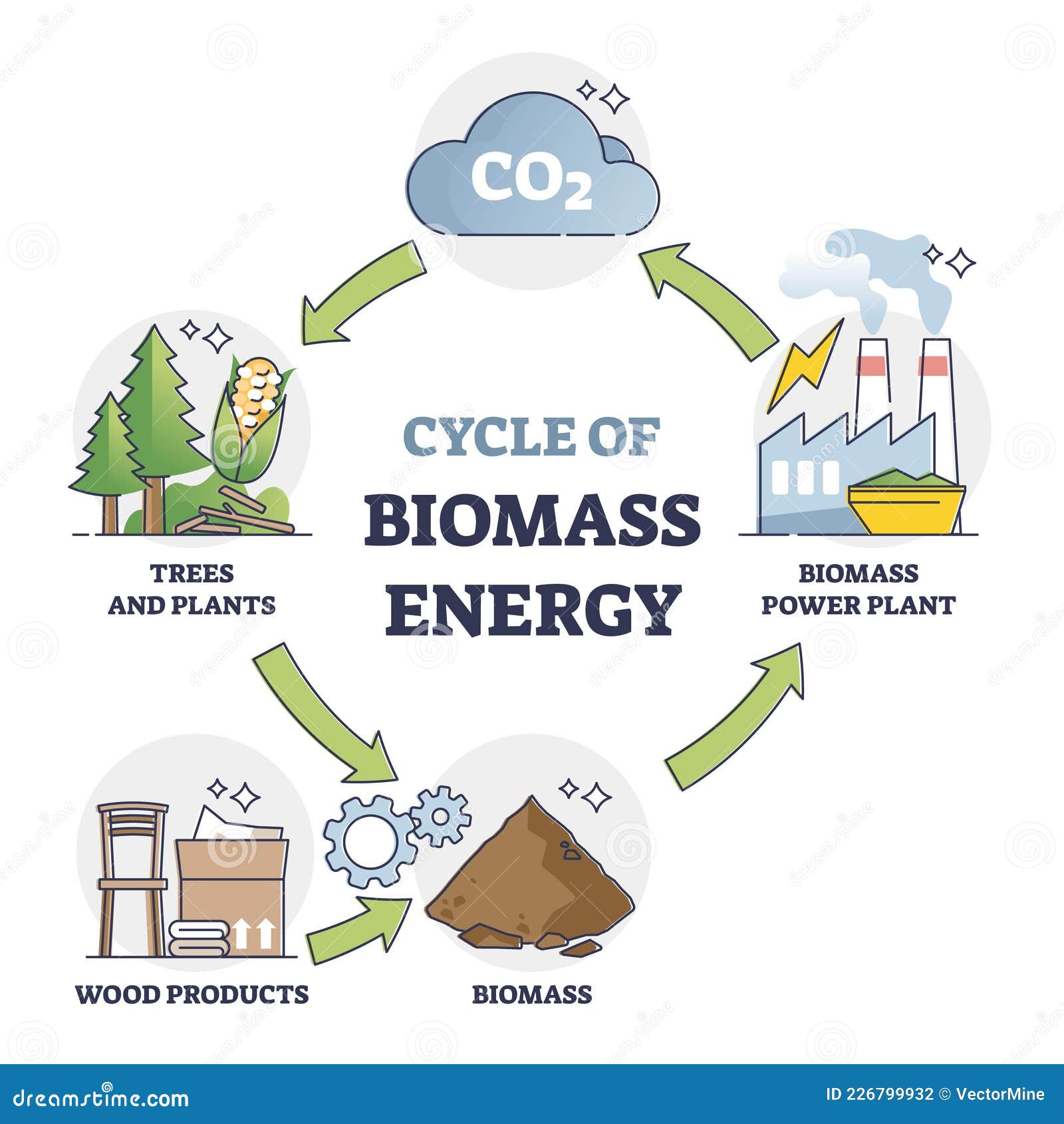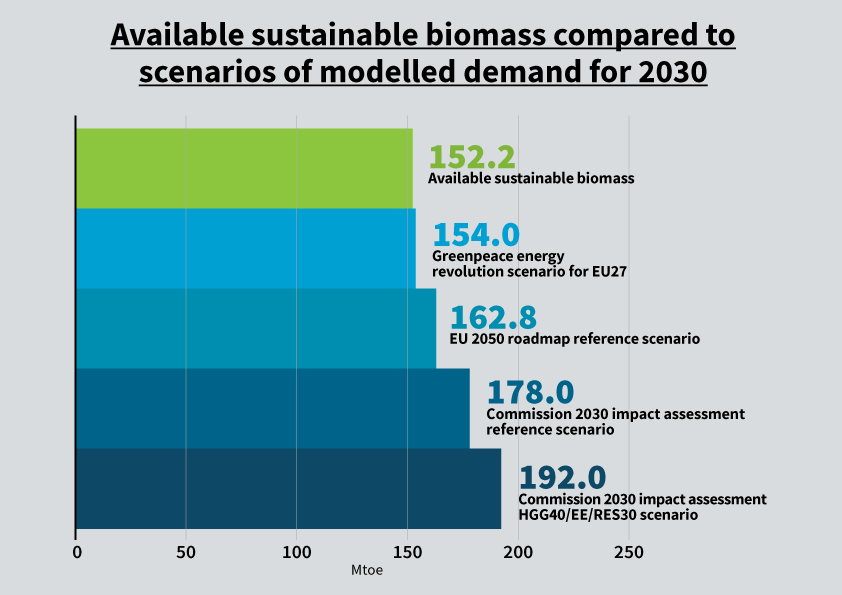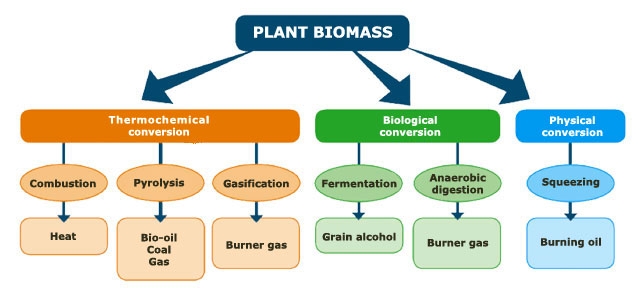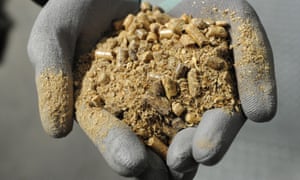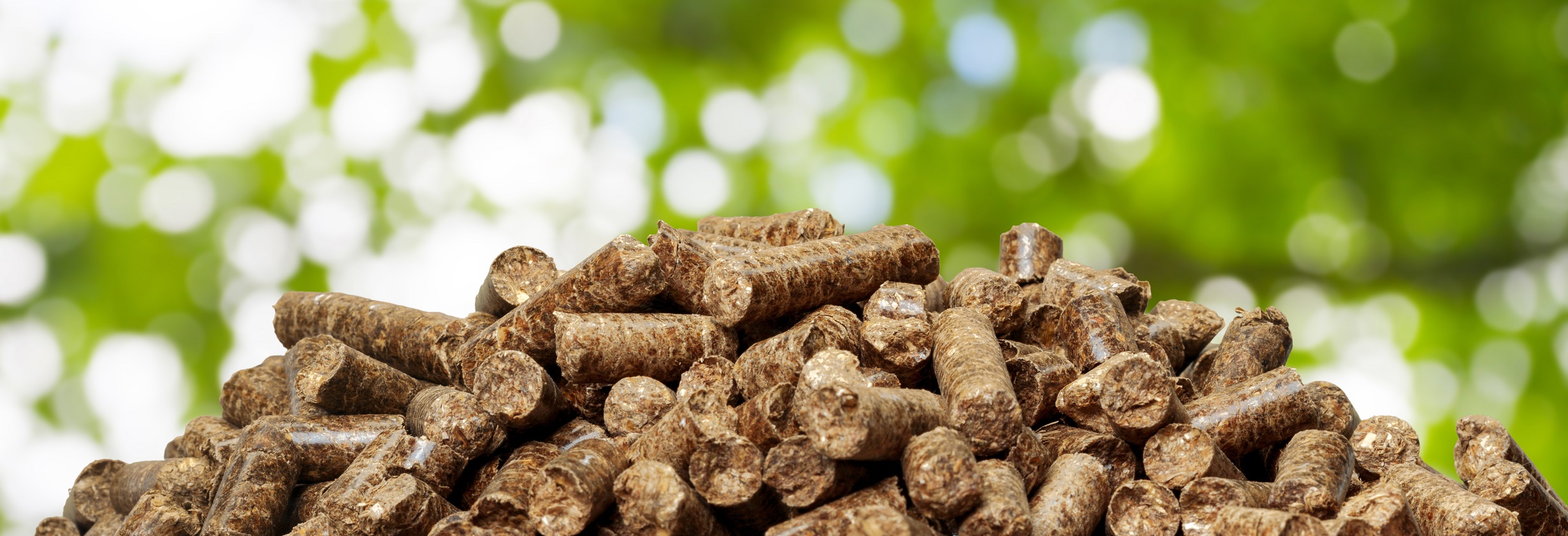Biomass - Bioenergy

Recent Posts
- Nandos menu
- Shopee affiliate
- Aquascape center
- Nama tauke jambu
- Harian metro mutakhir
- Moon rabbit cookie
- Promenade hotel
- Hari agong 2021
- Astro
- Simpulan bahasa tahun 1
- Pejabat pertubuhan kebajikan parlimen selayang
- Libresse new packaging
- Banh mi cafe puchong
- Tempat menarik di cameron highland
- Jake paul vs floyd mayweather
Biomass: A Sustainable Energy Source for the Future?
However, if carbon fluxes from all wood products were to be reported at the time and place of emission, emissions due to forest harvest for export would not be reported by the country where the harvest takes place, thereby removing incentives for maintaining forest carbon stocks and potentially leading to deforestation because the country where the harvest takes place would report no emissions.
The direction of the food chain also dictates the direction of the energy flow within the chain.
In Canada, parity time increased from 16 to 74 years when the harvested biomass was used to produce ethanol instead of wood pellets, and compared against a gasoline-based alternative scenario instead of a coal-based alternative scenario.
Biomass production
Where more than one alternative is plausible, it is informative to analyse several alternative reference land-use scenarios Koponen et al.
It can also be treated to separate the hydrogen from the gas, and the hydrogen can be burned or used in fuel cells.
Forests provide 85% of all biomass used for energy globally.
- Related articles
2022 mail.xpres.com.uy
